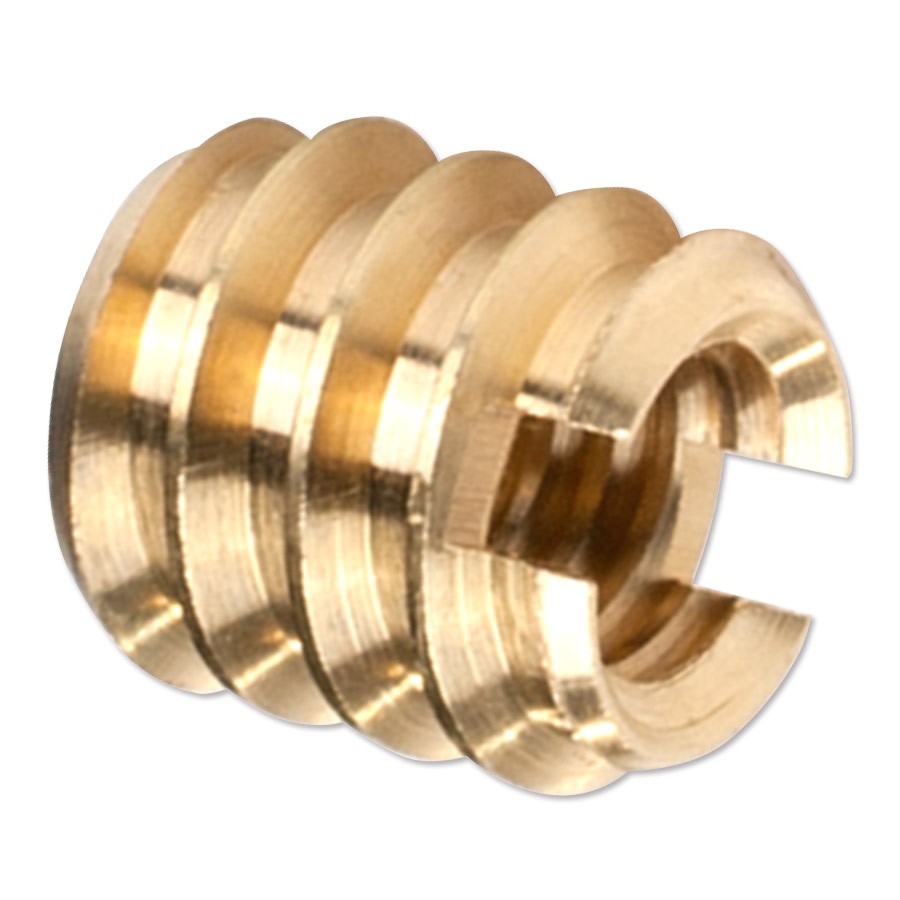UrsusMaritimus
Veteran Member
- Joined
- Aug 23, 2019
- Messages
- 33
- Location
- Canada
- Vessel Name
- Midnight Sun
- Vessel Make
- 1985 Hershine 42 Sundeck
Evening Folks,
On my Hershine 42 Sundeck, several of the screws that hold the stainless stanchion bases to the fibreglass are loose and will back out again after being tightened.
My initial thought is to pull the screws, make sure the holes are dry, fill with epoxy, re-drill a pilot hole and replace the screw, with some butyl tape added to ensure a seal. That said I’m very open to suggestions if someone sees a flaw in my plan. There is no reasonable way to swap the screws out for through bolts.
Thanks!
On my Hershine 42 Sundeck, several of the screws that hold the stainless stanchion bases to the fibreglass are loose and will back out again after being tightened.
My initial thought is to pull the screws, make sure the holes are dry, fill with epoxy, re-drill a pilot hole and replace the screw, with some butyl tape added to ensure a seal. That said I’m very open to suggestions if someone sees a flaw in my plan. There is no reasonable way to swap the screws out for through bolts.
Thanks!

